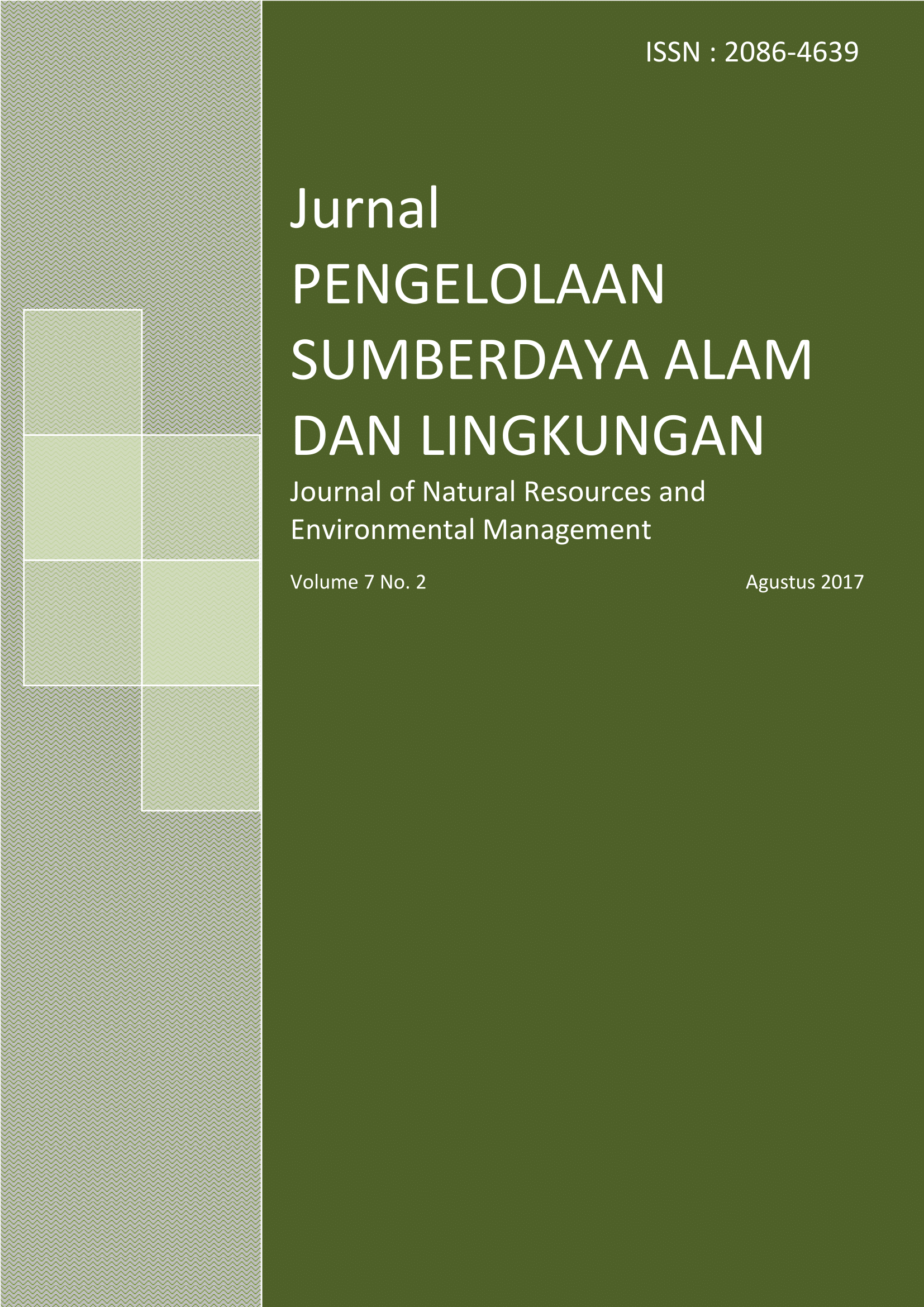ANALISIS CURAH HUJAN DAN DEBIT MODEL SWAT DENGAN METODE MOVING AVERAGE DI DAS CILIWUNG HULU
Abstract
References
Arnold, J. G., Kiniry, J. R., Srinivasan, R., Williams, J. R., Haney, E. B., Neitsch, S. L., 2012. Input/Output Docu-mentation Version 2012. Texas (US), Texas Water Re-sources Institute.
Arnold, J. G., Gassman, P. W., White, M. J., 2010. New developments in the SWAT ecohydrology model. In Proc. 21st Watershed Technology Conf.: Improving Water Qual-ity and Environment. ASABE Publication No. 701P0210cd. St Joseph (US), ASABE.
Asdak, C., 2007. Hidrologi dan Pengelolaan Daerah Aliran Sungai. Yogyakarta (ID), UGM Pr.
[BPPP] Badan Penelitian dan Pengembangan Pertanian, 2013. Adaptasi Terhadap Variabilitas dan Perubahan Iklim Melalui Sistem Informasi Kalender Tanam Terpadu. [ter-hubung berkala]. http://www.deptan.go.id [22 Agustus 2016].
Mukid, M. A., Wilandari, Y., 2012. Identifikasi Pola Dis-tribusi Curah Hujan Maksimum dan Pendugaan Parame-ternya Menggunakan Metode Bayesian Markov Chain Monte Carlo. Media Statistika 5 (2), pp. 63-74.
Nash, J. E., J. V. Sutcliffe, 1970. River Flow Forecasting Through Conceptual Models Part I Discussion of Princi-ples. Journal of Hydrology 10 (3), pp. 282-190.
Riajaya, P.D. 2006. Sebaran Curah Hujan Sebagai Dasar Penetapan Waktu Tanam Kapas pada Lahan Sawah Sesudah Padi di Lamongan Jawa Timur. J
Perspektif 5 (1), pp. 26-35.
Sudiharto. 2004. Kelayakan Penerapan Metode Oldeman untuk Klasifikasi Tipe Hujan di Perkebunan Karet. J Penelitian Karet 22 (2), pp. 23-35.
Authors
Authors who publish with this journal agree to the following terms:
- Authors retain copyright and grant the journal right of first publication with the work simultaneously licensed under a Creative Commons Attribution License that allows others to share the work with an acknowledgement of the work's authorship and initial publication in this journal.
- Authors are able to enter into separate, additional contractual arrangements for the non-exclusive distribution of the journal's published version of the work (e.g., post it to an institutional repository or publish it in a book), with an acknowledgement of its initial publication in this journal.
- Authors are permitted and encouraged to post their work online (e.g., in institutional repositories or on their website) prior to and during the submission process, as it can lead to productive exchanges, as well as earlier and greater citation of published work (See The Effect of Open Access).






